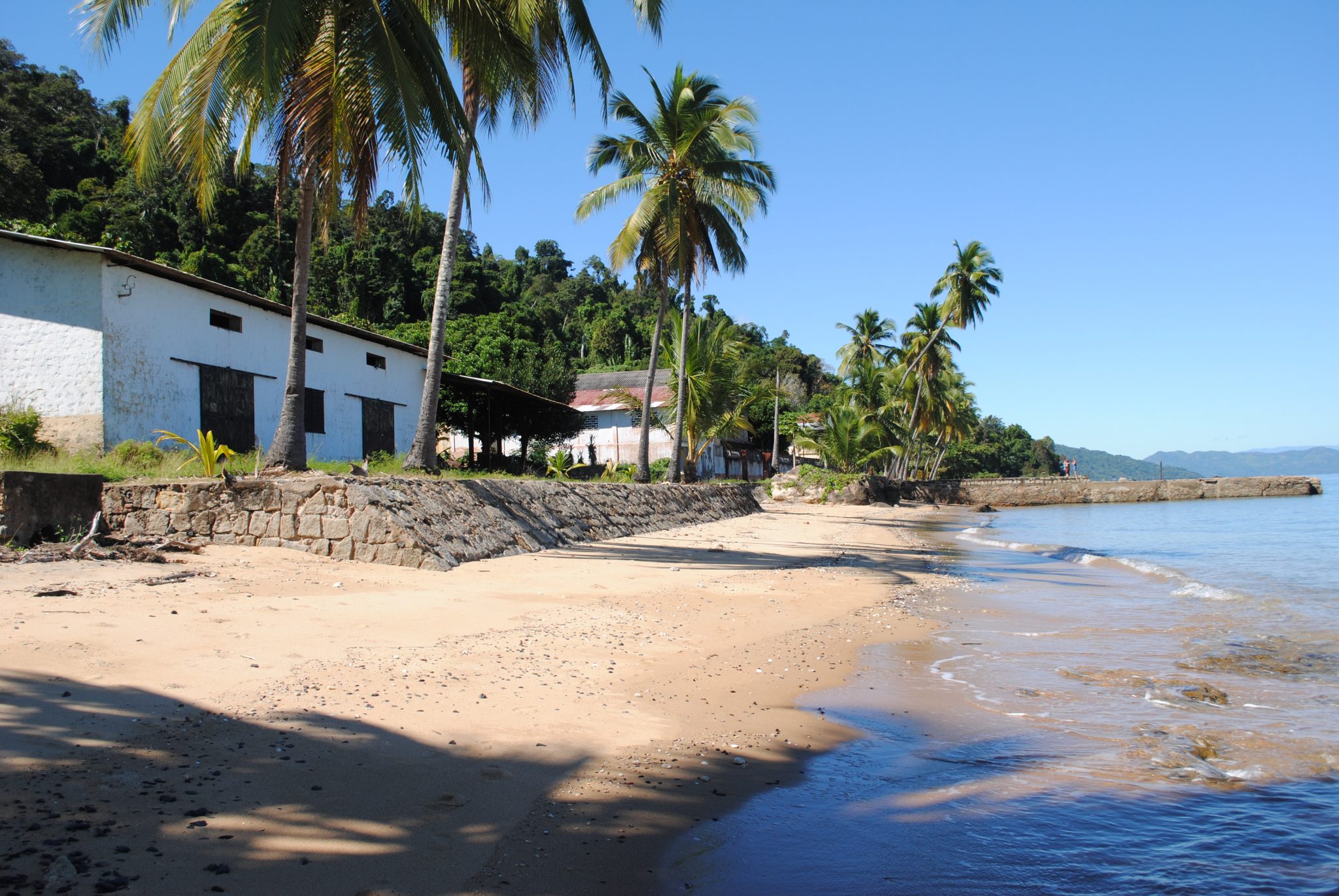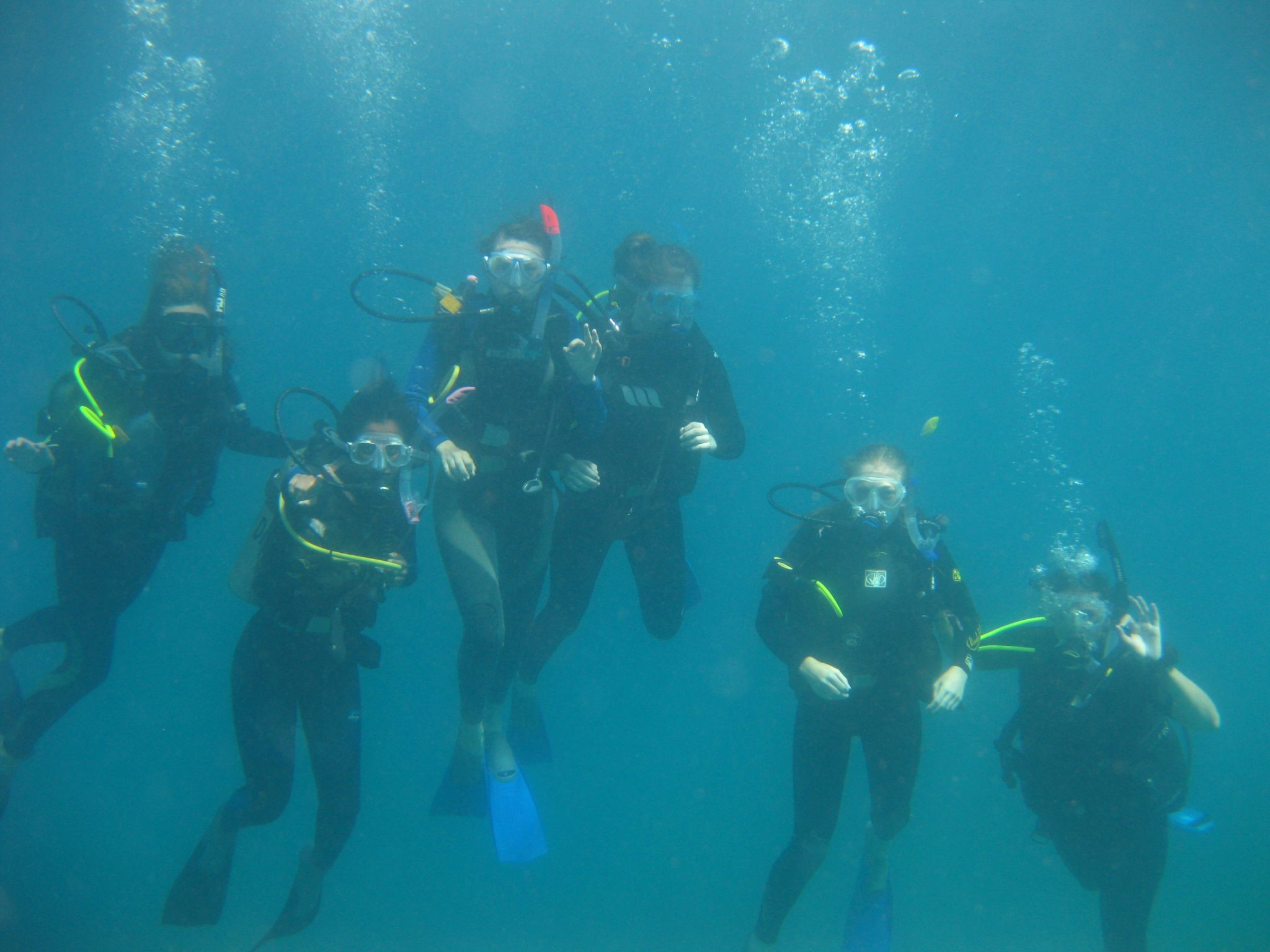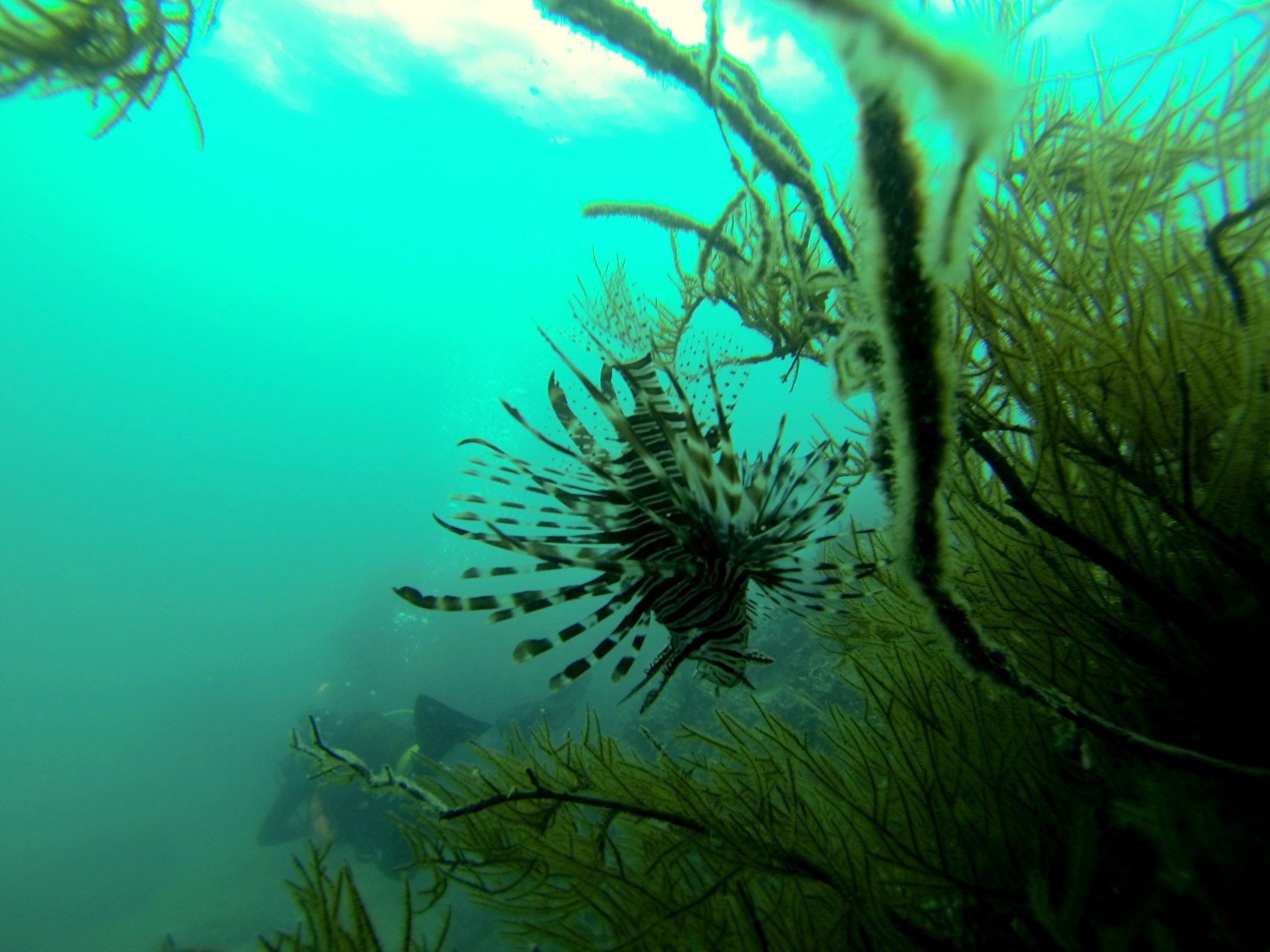

This summer I had had enough of being in dreary, boring England, so I did what most people do- I went to Madagascar for a month and learnt how to analyse reef health and identify tropical fish. And it was the best decision I’ve ever made. In this blog I’d like to share some highlights and fun facts about some of the reef surveying methods I took part in on a small, idyllic island called Nosy Be that made me realise what I might want to do for the rest of my life- money well spent, as my mum said.

Photo by Peter Bright
When I arrived on Nosy Be, having lived at OpWall’s terrestrial site for the past two weeks, I was ecstatic. There were mosquito nets on our beds, the toilets actually flushed, and I was going to go scuba diving! Because I had already gained my Open Water qualification I got straight into the action of the Indian Ocean Reef Ecology Course- run by the knowledgeable staff at Nosy Be. Under the reassuring guidance of the talented Fliss (our Dive Master), we practised laying transects underwater (harder than it sounds), recording Benthic Videos with a GoPro (without flailing), and maintaining neutral buoyancy (again, without flailing).

Photo by Peter Herbst
After our morning dive we would have a shower and a lecture from the Reef Eco course- we learnt about different fish families common to the area and how to tell them apart, ecosystem services provided by the reefs and threats faced by them. We learnt about the main types of coral structures and how to identify them too- something that I used when analysing our Benthic Video data. A second dive in the afternoon meant putting into practise the ID skills we went over in the morning so when we came back from the boats, we could boast to the others about which bizarre fish we’d seen that day. My favourite is the Harlequin Filefish, a species which mates for life so you always see them swimming around in pairs. SO cute.

Photo by Andy Clark
The following week meant Team SVS was ready to get stuck in so we started collecting data at different depths using the SVS cameras- a device I don’t fully understand but it gives you a 3D image of every fish you capture so you can work out its size, input the species name into a database and gain an understanding of the reef health. So we would dive morning and afternoon, then analyse data and sunbathe or swim in between. Again, I was ecstatic.
Sadly, all good things, and reef ecology volunteer projects must come to an end (as they say). After two weeks was up I had found myself a sense of achievement, a potential dissertation project for the future, and a lovely tan. Thanks to everyone who made it possible and to those who haven’t tried it, I would recommend!
Social Media Links